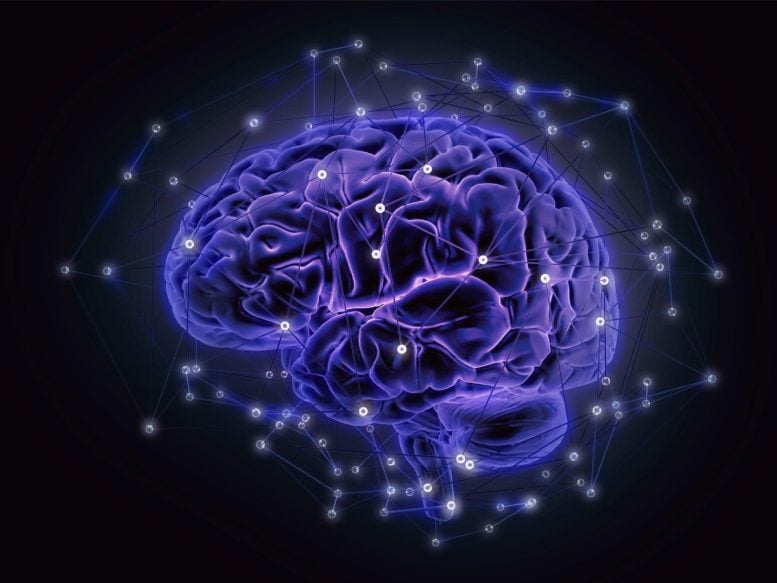
Intelligence is the ability to acquire, understand and apply knowledge and skills in order to adapt to new situations and solve problems. It is a complex trait that is influenced by both genetic and environmental factors and can manifest in a variety of ways, such as logical reasoning, problem-solving, creativity, and learning.
Researchers have been working for many years to comprehend the relationship between brain structure, functional connectivity, and intelligence. A recent study provides the most comprehensive understanding to date of how different regions of the brain and neural networks contribute to a person’s problem-solving ability in a variety of contexts, a trait known as general intelligence.
The researchers recently published their findings in the journal Human Brain Mapping.
The research, led by Aron Barbey, a professor of psychology, bioengineering, and neuroscience at the University of Illinois Urbana-Champaign, and first author Evan Anderson, a researcher for Ball Aerospace and Technologies Corp. working at the Air Force Research Laboratory, employed the technique of “connectome-based predictive modeling” to evaluate five theories on how the brain leads to intelligence.
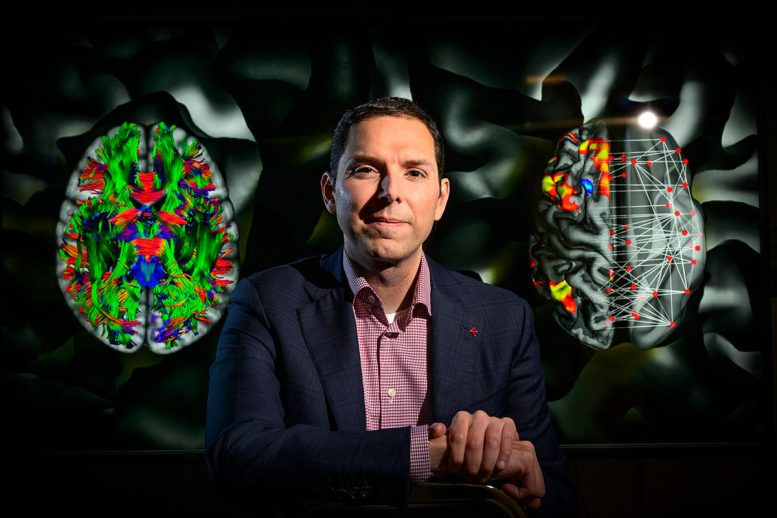
U. of I. professor Aron Barbey, pictured, and co-author Evan Anderson found that taking into account the features of the whole brain – rather than focusing on individual regions or networks – allows the most accurate predictions of intelligence. Credit: Fred Zwicky
“To understand the remarkable cognitive abilities that underlie intelligence, neuroscientists look to their biological foundations in the brain,” Barbey said. “Modern theories attempt to explain how our capacity for problem-solving is enabled by the brain’s information-processing architecture.”

Study lead author Evan Anderson. Credit: L. Brian Stauffer
A biological understanding of these cognitive abilities requires “characterizing how individual differences in intelligence and problem-solving ability relate to the underlying architecture and neural mechanisms of brain networks,” Anderson said.
Historically, theories of intelligence focused on localized brain regions such as the prefrontal cortex, which plays a key role in cognitive processes such as planning, problem-solving, and decision-making. More recent theories emphasize specific brain networks, while others examine how different networks overlap and interact with one another, Barbey said. He and Anderson tested these established theories against their own “network neuroscience theory,” which posits that intelligence emerges from the global architecture of the brain, including both strong and weak connections.
“Strong connections involve highly connected hubs of information-processing that are established when we learn about the world and become adept at solving familiar problems,” Anderson said. “Weak connections have fewer neural linkages but enable flexibility and adaptive problem-solving.” Together, these connections “provide the network architecture that is necessary for solving the diverse problems we encounter in life.”
To test their ideas, the team recruited a demographically diverse pool of 297 undergraduate students, first asking each participant to undergo a comprehensive battery of tests designed to measure problem-solving skills and adaptability in various contexts. These and similarly diverse tests are routinely used to measure general intelligence, Barbey said.
The researchers next collected resting-state functional MRI scans of each participant.
“One of the really interesting properties of the human brain is how it embodies a rich constellation of networks that are active even when we are at rest,” Barbey said. “These networks create the biological infrastructure of the mind and are thought to be intrinsic properties of the brain.”
These include the frontoparietal network, which enables cognitive control and goal-directed decision-making; the dorsal attention network, which aids in visual and spatial awareness; and the salience network, which directs attention to the most relevant stimuli. Previous studies have shown that the activity of these and other networks when a person is awake but not engaged in a task or paying attention to external events “reliably predicts our cognitive skills and abilities,” Barbey said.
With the cognitive tests and fMRI data, the researchers were able to evaluate which theories best predicted how participants performed on the intelligence tests.
“We can systematically investigate how well a theory predicts general intelligence based on the connectivity of brain regions or networks that theory entails,” Anderson said. “This approach allowed us to directly compare evidence for the neuroscience predictions made by current theories.”
The researchers found that taking into account the features of the whole brain produced the most accurate predictions of a person’s problem-solving aptitude and adaptability. This held true even when accounting for the number of brain regions included in the analysis.
The other theories also were predictive of intelligence, the researchers said, but the network neuroscience theory outperformed those limited to localized brain regions or networks in a number of respects.
The findings reveal that “global information processing” in the brain is fundamental to how well an individual overcomes cognitive challenges, Barbey said.
“Rather than originate from a specific region or network, intelligence appears to emerge from the global architecture of the brain and to reflect the efficiency and flexibility of systemwide network function,” he said.
Reference: “Investigating cognitive neuroscience theories of human intelligence: A connectome-based predictive modeling approach” by Evan D. Anderson and Aron K. Barbey, 20 December 2022, Human Brain Mapping.
DOI: 10.1002/hbm.26164
The study was funded by the Office of the Director of National Intelligence, the Intelligence Advanced Research Projects Activity, and the Department of Defense, Defense Advanced Research Projects Activity.

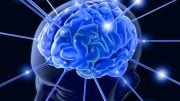

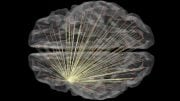
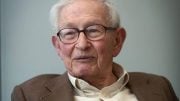

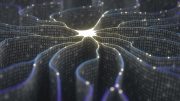

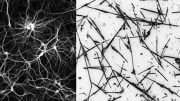
Be the first to comment on "Network Neuroscience Theory – The Best Predictor of Intelligence"